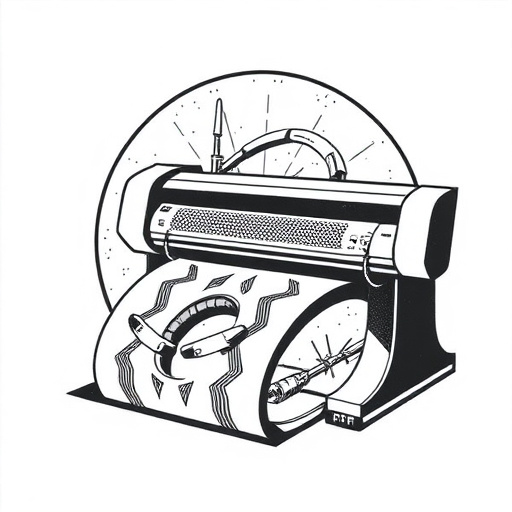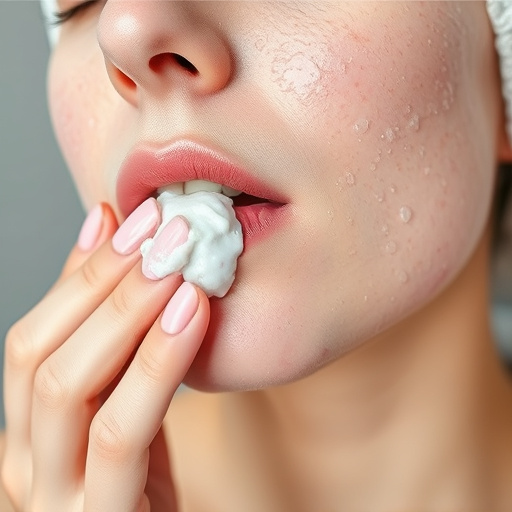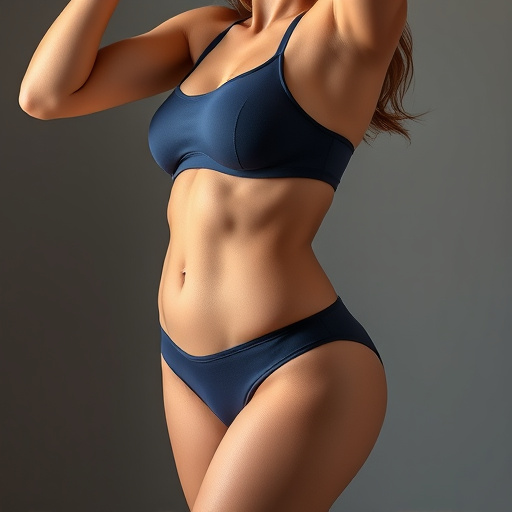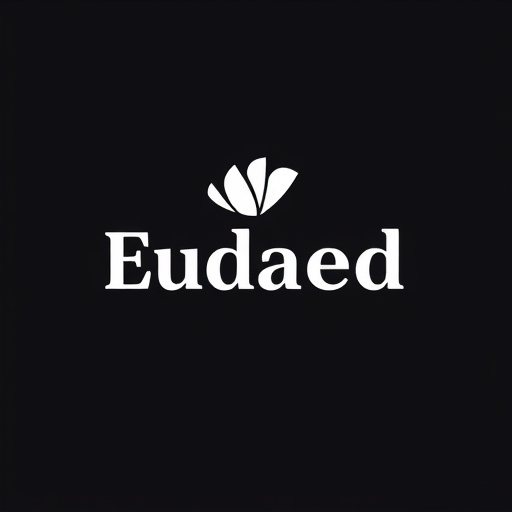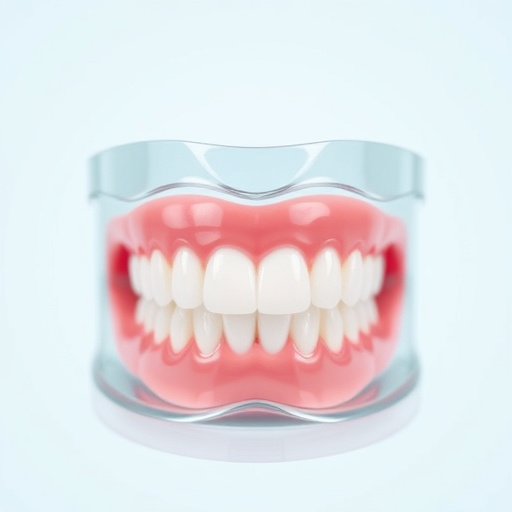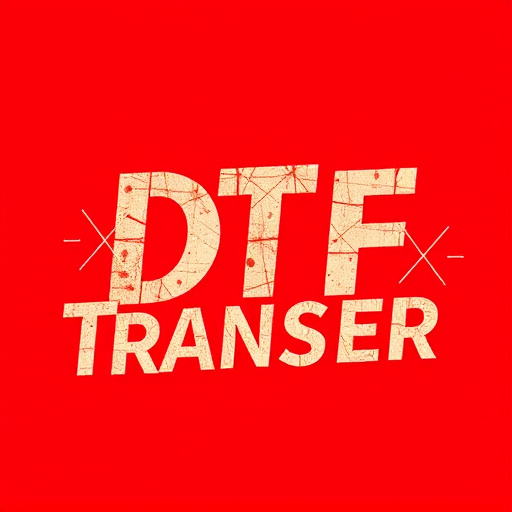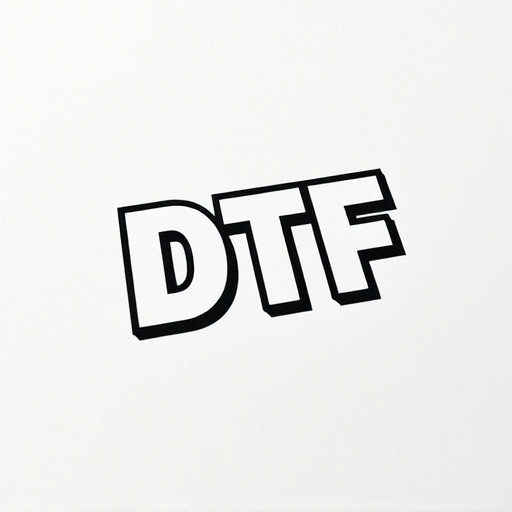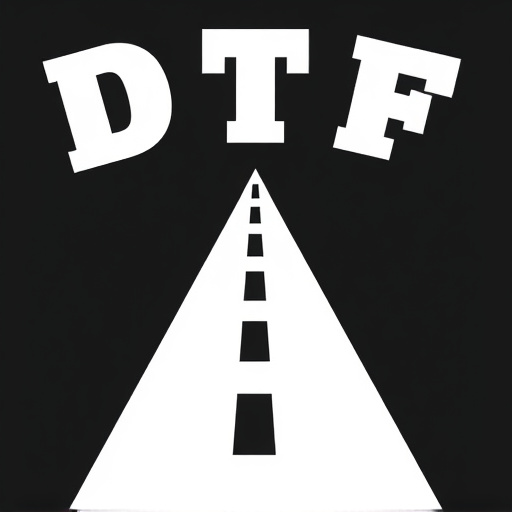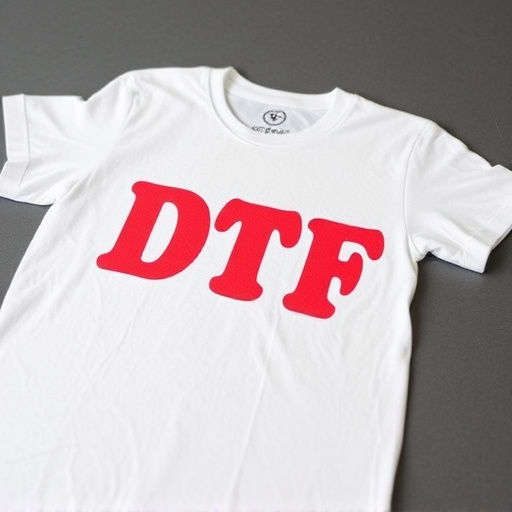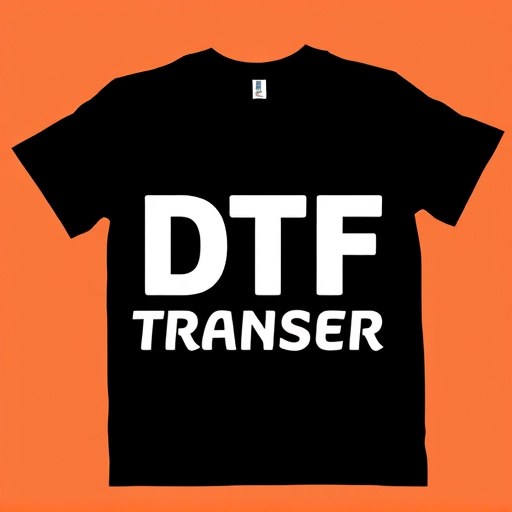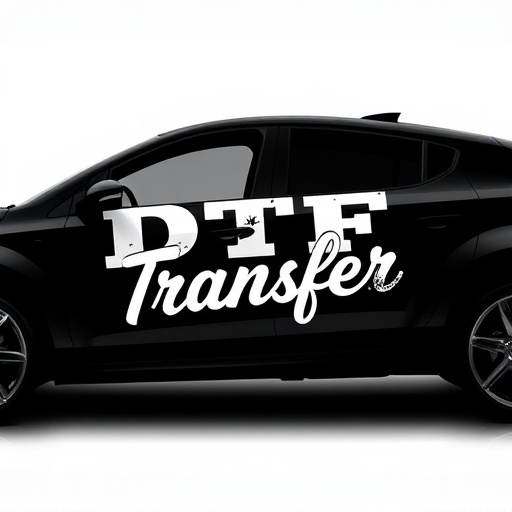DTF (Direct-to-Forme) Printing is a cutting-edge technology transforming the printing industry, offering efficient production of high-quality prints on diverse materials with precise color reproduction and swift turnaround times. It eliminates traditional plate-making, streamlining production for flexible, cost-effective printing without sacrificing quality. Compared to dye sublimation, DTF excels in detail accuracy for fine art and photos, while sublimation surpasses it in image quality for large formats, offering smooth gradations and rich colors. DTF is ideal for high-volume color productions on various substrates, while sublimation is favored for nuanced color transitions in artistic expressions and personalized merchandise. Environmental considerations, project scale, aesthetic goals, and budget determine the optimal choice between these two versatile print techniques.
Direct-to-film (DTF) printing and dye sublimation are two distinct techniques transforming the world of print. This article delves into their unique differences, offering a comprehensive guide for understanding these methods. From process overviews to quality assessments, we explore how DTF printing stands out with its direct application on film, contrasting it with the heat-sensitive dye sublimation process. Each technique finds its place in diverse applications, and this analysis helps you choose the ideal print method based on quality, cost, and environmental impact.
- Understanding Direct-to-Film (DTF) Printing: A Process Overview
- Dye Sublimation Printing: The Alternative Method
- Quality Comparison: DTF vs. Dye Sublimaton
- Applications and Use Cases for Each Technique
- Environmental Impact and Cost Considerations
- Choosing the Right Print Method: Factors to Determine Your Decision
Understanding Direct-to-Film (DTF) Printing: A Process Overview
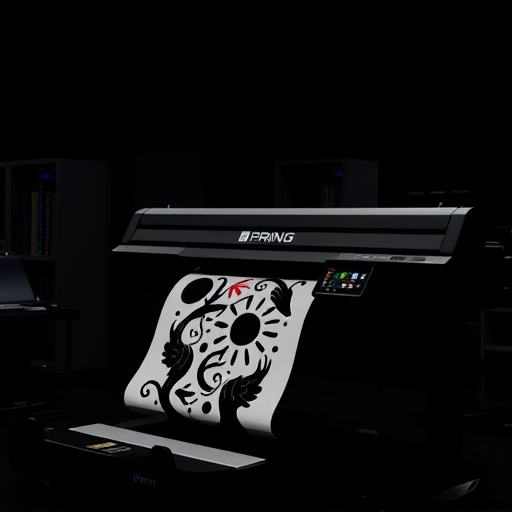
Dye Sublimation Printing: The Alternative Method

Dye sublimation printing stands as an alternative method to direct-to-film (DTF) transfers, offering a unique and versatile approach to imaging. Unlike DTF, which involves transferring ink directly onto a substrate, dye sublimation infuses dye into a synthetic material, typically polyester, creating vibrant, long-lasting images. This process begins by applying heat to a dye-impregnated sheet, causing the pigment to vaporize and permeate the adjacent substrate. The result is a sharp, full-color image that becomes an integral part of the fabric or material.
This method is highly prized for its ability to produce rich, accurate colors, making it popular in various applications, from professional photography to custom apparel design. Dye sublimation printing also excels in reproducibility, ensuring consistent quality across multiple prints. Moreover, it allows for complex designs and intricate details, showcasing a level of precision that direct-to-film transfers may struggle to match.
Quality Comparison: DTF vs. Dye Sublimaton
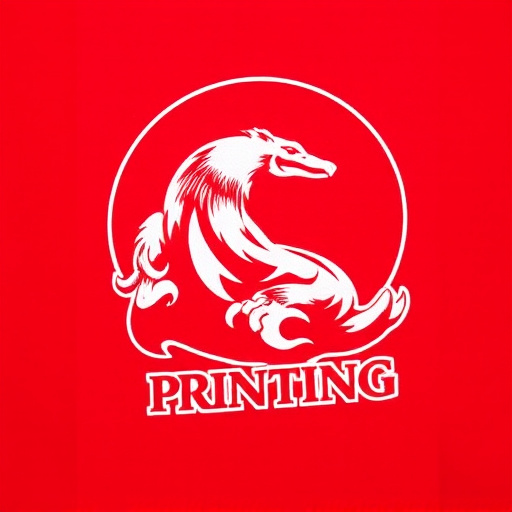
When comparing the quality of Direct-to-Film (DTF) printing and dye sublimation, several key differences emerge. DTF Printing offers a high level of detail and color accuracy, making it ideal for fine art prints and photographs where minute shading and tonal transitions are crucial. The process involves ink being applied directly to the media surface, resulting in sharp edges and vibrant colors that remain consistent across various materials.
In contrast, dye sublimation printing delivers exceptional image quality, particularly on larger formats like banners and posters. This method utilizes heat to transfer dye onto a medium, allowing for smooth gradations and rich color saturation. While DTF Printing excels at preserving intricate details, dye sublimation takes the crown for producing vivid, large-scale visuals with minimal visible grain or texture.
Applications and Use Cases for Each Technique

Direct-to-film (DTF) printing and dye sublimation printing are two distinct techniques with unique applications, catering to different needs in the print industry. DTF Printing is particularly well-suited for high-volume production runs of full-color images on a variety of materials, including canvas, metal, and wood. It’s commonly used in sign making, advertising, and retail displays, where quick turnaround times and consistent quality are essential. The direct application of ink onto the substrate eliminates the need for lamination, making it efficient and cost-effective for large-scale projects.
On the other hand, dye sublimation printing is renowned for its exceptional color accuracy and ability to produce vibrant, high-resolution images on various media, from textiles to paper. This technique is often preferred in fine art printing, photo printing, and promotional merchandise. Its versatility allows for the creation of unique, personalized items like custom phone cases, tote bags, and clothing. Dye sublimation offers a subtle transition between colors, ensuring nuanced and detailed prints, making it ideal for artistic expressions and high-quality product branding.
Environmental Impact and Cost Considerations
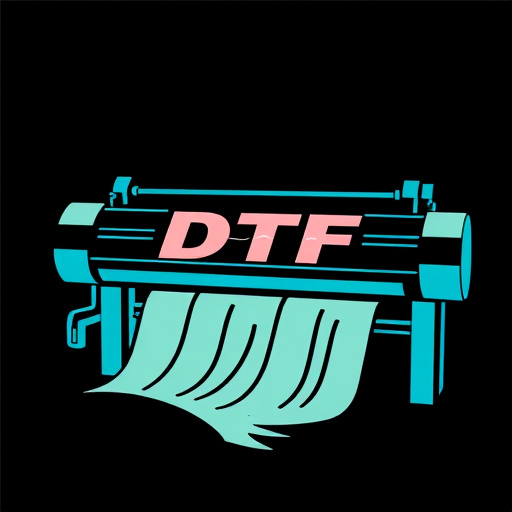
Direct-to-film (DTF) printing and dye sublimation printing are two distinct methods with notable environmental differences. DTF Printing typically involves fewer waste products compared to dye sublimation, as it directly applies ink to the substrate without the need for a intermediate transfer medium. This reduces the amount of material used and waste generated during production. In contrast, dye sublimation requires more energy-intensive processes and often generates byproducts such as discarded heat transfers or excess dye solutions, contributing to higher environmental footprints.
Cost-wise, DTF Printing can be more economical for smaller print runs or specific applications due to its simplicity and direct approach. However, for larger volume productions, dye sublimation printing might offer better value because it allows for cost-efficient production of complex designs with vibrant colors. The choice between the two should consider not only environmental impact but also the project’s scale, desired aesthetic outcome, and budget constraints.
Choosing the Right Print Method: Factors to Determine Your Decision
